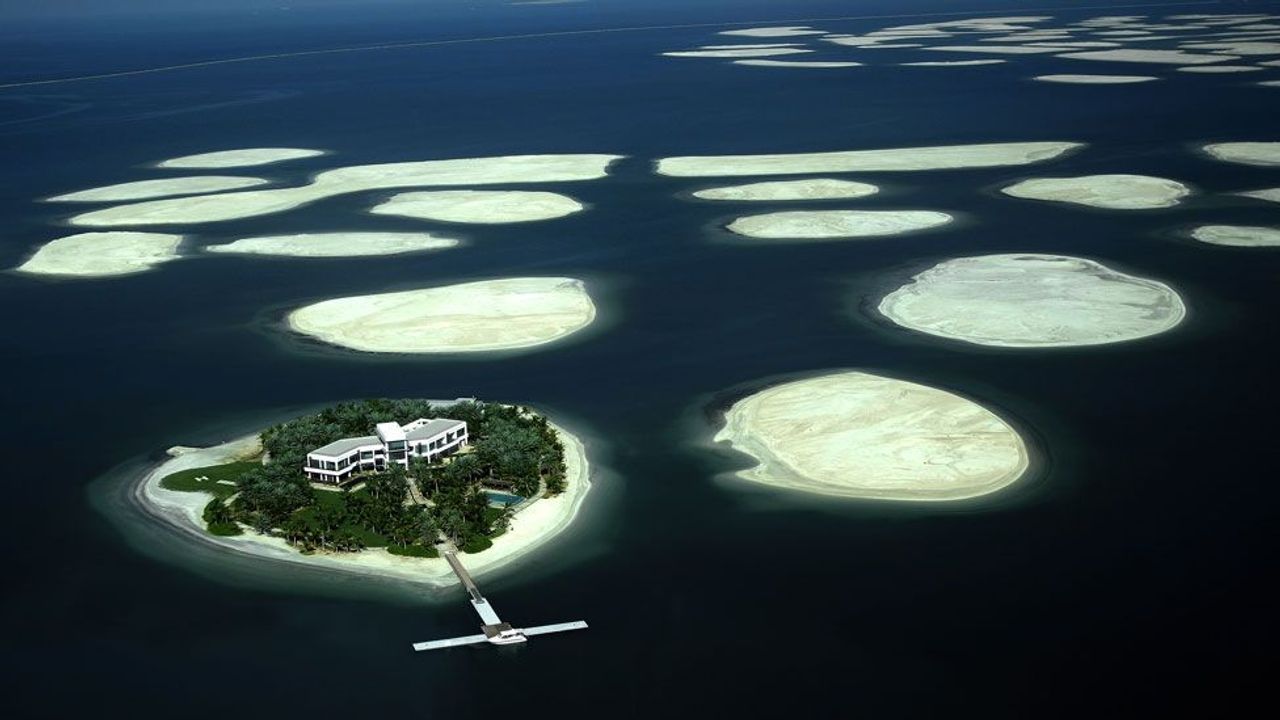In an era where everything is just a search away, some places remain deliberately uncharted. Whether due to cultural secrecy, government restrictions, or natural isolation, these hidden gems defy modern mapping technology. Yet, despite their absence from digital databases, they are very real and breathtaking.
One of the most mysterious locations is North Sentinel Island, home to the world’s most isolated tribe. The indigenous Sentinelese people have rejected outside contact for centuries, and the Indian government has forbidden any attempts to approach. Any vessel venturing too close is met with warning arrows, emphasizing the tribe’s desire to remain undisturbed. This island, veiled in secrecy, exists in a time bubble, unaffected by modern civilization.
Similarly, Wittenoom, Australia, is a ghost town that has been erased from official maps due to asbestos contamination. Once a thriving mining town, it was abandoned due to the deadly effects of blue asbestos exposure. Though roads leading to Wittenoom remain, the town itself is a haunting remnant of industrial ambition turned catastrophe, visited only by the most daring urban explorers.
Another fascinating example is Supai Village in the Grand Canyon. Though technically mapped, it remains one of the most isolated settlements in the United States. Accessible only by foot, mule, or helicopter, this hidden gem is home to the Havasupai Tribe and features the stunning turquoise waters of Havasu Falls. Google Maps may provide a rough idea of its location, but the village’s remote nature keeps it largely disconnected from the modern world.
Other unmapped places include secret military bases, such as Area 51 in Nevada, and vast natural regions that have never been fully charted, like the dense Amazon rainforest or the ice-covered landscapes of Antarctica’s Queen Maud Land. These regions serve as reminders that even in a hyper-connected world, true mysteries still exist—waiting for the bold to uncover them.

Leave a Reply